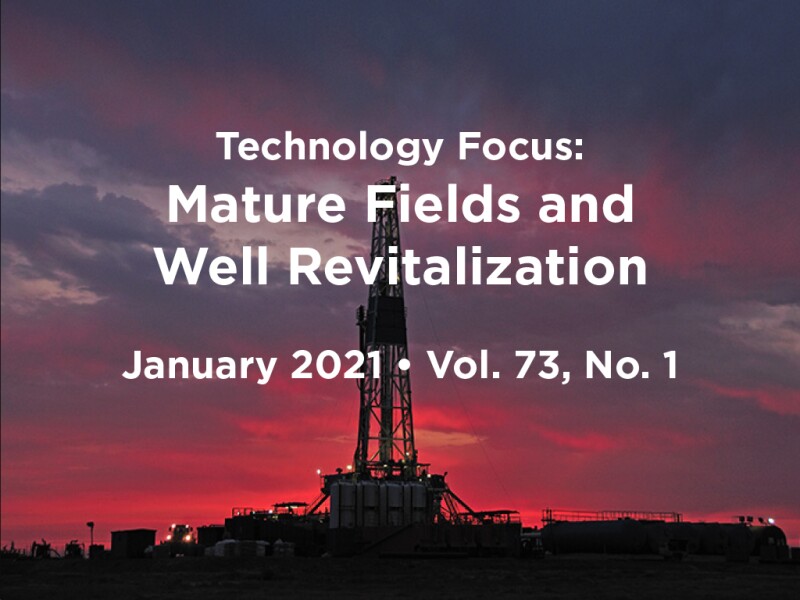Sustaining production from mature brownfields is becoming an uphill task in the current storm of pandemic plus economic crisis. In this year’s papers on mature fields and well revitalization, I have found operators focusing on making all-out efforts to improve their ongoing waterflood operations to extend the life of existing wells, which is preferred over drilling new infill wells.
Waterflooding is the oldest method used for secondary recovery in oil fields because water is readily available and relatively inexpensive. Although the concept behind waterflooding is relatively simple and easy to implement, the reality is different, with many potential challenges such as water circulation because of poor reservoir conformance, induced matrix fracturing resulting in early water breakthrough, and reservoir souring, to mention just a few. The older the waterflood, the more susceptible it becomes to problems and challenges, and the most unavoidable challenge is managing increased amounts of produced water.
A third of the papers studied this year focus on improved-/enhanced-oil-recovery techniques, and a majority of them focus on improving waterfloods through various techniques such as using classical analysis and data-driven technologies for redistributing injected water and integrating efforts with cross-disciplinary teams.
Another area of focus is extending the life of existing wells. It is both a challenge and an opportunity. It is a challenge because operators must find a delicate balance between extending the life of an old well and jeopardizing the safety and integrity conditions in the field. It is an opportunity because it provides an attractive alternative for identifying and appraising possible behind-casing opportunities before plugging and abandonment. Several studies have been conducted to identify and appraise such opportunities.
This Month's Technical Papers
Natural Dumpflood in Malaysia Succeeds as Low-Cost Offshore Oil-Recovery Method
Fracturing With Height Control Extends the Life of Mature Reservoirs in the Pannonian Basin
Analytical Work Flows Enable Continuous Waterflooding Optimization for a Mature Field
Recommended Additional Reading
IPTC 19763 Chasing Behind-Casing Opportunities in Low-Salinity Laminated Brown Reservoirs by Noor Faezah Ramly, Petronas, et al.
SPE 199205 Standardization of Inactive Wells-Audit Process for Well Abandonment and Production Enhancement Candidate Screening by Elin Haryanto, Schlumberger, et al.
SPE 197474 Prevention of Well-Control Incidents and Well Life Extension in Mature Fields by Andrey Yugay, ADNOC, et al.


